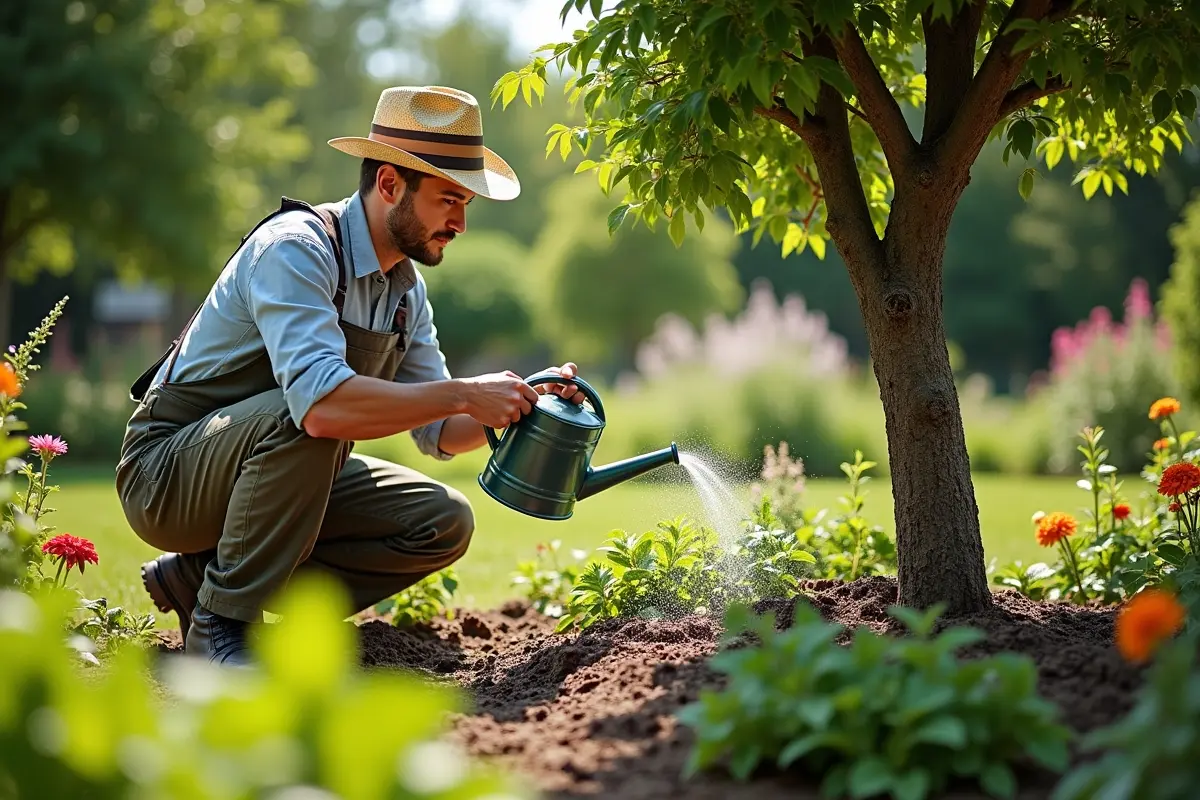Healthy, well-maintained trees transform any yard into a relaxing, beautiful retreat. They provide shade, enhance property value, and contribute to cleaner air and a balanced ecosystem. Establishing good tree care habits ensures your trees thrive for years. With expert advice from fielding tree care, you can learn how to give your trees the care they deserve and enjoy a lush, resilient landscape every season.
Proper tree maintenance goes beyond occasional watering or a quick trim. Instead, a holistic approach—including pruning, mulching, soil care, and protection from pests—ensures each tree in your yard reaches its full potential. Neglecting these steps can lead to stunted growth, increased disease risk, and even safety hazards for your home and family. Read on for an actionable guide to the best tree care methods, backed by science and practical experience.
Pruning: The Foundation of Tree Health
Pruning isn’t just cosmetic—it plays a vital role in maintaining your trees’ overall health and safety. Removing dead, diseased, or structurally unsound branches prevents the spread of decay, minimizes pest infestations, and encourages vigorous new growth. Well-pruned trees are less likely to sustain storm damage, making them safer for your home and neighborhood.
When and How to Prune
Late winter or early spring, when trees are still dormant, is generally the best time to prune. Use sharp, sanitized tools and clean cuts close to the branch collar to support fast healing. Always avoid excessive pruning, which can stress the tree and reduce future growth.
Watering Wisely: Hydration Strategies
The right watering routine is critical, especially for young and newly planted trees. Shallow and frequent watering encourages roots to stay near the soil’s surface, leaving the tree vulnerable to drought and instability. Instead, deep and infrequent watering stimulates roots to grow downwards, resulting in a stronger, more drought-resistant tree.
A good rule of thumb for new trees is to provide about 10 gallons of water per inch of trunk diameter each week. Early morning or evening is the best time to water, as less moisture evaporates during these cooler periods. For mature trees, increase the watering duration during drought, but let the top few inches of soil dry out between watering sessions to reduce the risk of root rot.
Mulching: Benefits and Best Practices
Mulching has several benefits: it maintains consistent soil moisture, moderates ground temperature, and discourages weed growth competing for water and nutrients. Choose an organic mulch such as shredded bark, compost, or wood chips, and spread a 2-3 inch layer in a wide ring around the base of your tree, being careful to keep mulch 3 inches away from the trunk. This prevents rot and gives roots room to breathe. Avoid piling mulch in a “volcano” around the trunk, which can encourage disease.
Pest and Disease Management
Regular monitoring is essential to catch tree health issues before they escalate. Inspect leaves, bark, and branches for unusual discoloration, growths, holes, or spotting. Early signs of trouble may include leaf drop, cankers, visible insect populations, or fungal growth such as mushrooms at the tree’s base.
Integrated Pest Management (IPM) combines physical, biological, and chemical methods, favoring natural controls over pesticides whenever possible. Removing deadwood, cleaning up fallen debris, and introducing beneficial insects can naturally manage pest populations. Consult a certified arborist for targeted solutions if you notice a persistent or severe issue.
Soil Testing and Fertilization
Soil quality is often overlooked but greatly impacts your trees’ health. A soil test reveals the pH, moisture content, and nutrient levels, informing whether additional fertilizer is necessary. Over-fertilization can burn roots or encourage excessive, weak growth. The ideal fertilizer is formulated for trees in your region and matched to deficiencies in your soil test. Apply fertilizer in early spring to maximize nutrient uptake.
Proper Planting Techniques
Whether adding a new tree or replacing one, the right planting method can make all the difference. Select a tree species adapted to your climate, available sunlight, and typical soil conditions. When planting, dig a hole two to three times wider than the root ball but not deeper. Gently tease out circling roots and position the tree so that the top of the root ball is level with the ground. After planting, water thoroughly and apply mulch as described earlier.
Protecting Trees from Environmental Stressors
Trees face a variety of external stresses, from severe weather to construction and careless lawn care. Young trees, in particular, are vulnerable and benefit from physical barriers like trunk guards or fencing to prevent damage from string trimmers, mowers, and wildlife. As your trees grow, monitor for signs of soil compaction within the root zone—heavy foot traffic and parked vehicles can suffocate tree roots.
If strong winds are common in your area, staking young trees provides temporary support but should be removed after one to two years. Extend your watering routine during heat waves or droughts and check mulch depth to shield roots from temperature extremes.
Final Thoughts
By following these comprehensive tree care strategies, you’ll establish the foundation for strong, healthy trees and a landscape that flourishes every season. Regular pruning, smart watering, mulching, proactive pest and disease management, and attention to soil health will reward you with a thriving yard and lasting natural beauty.




